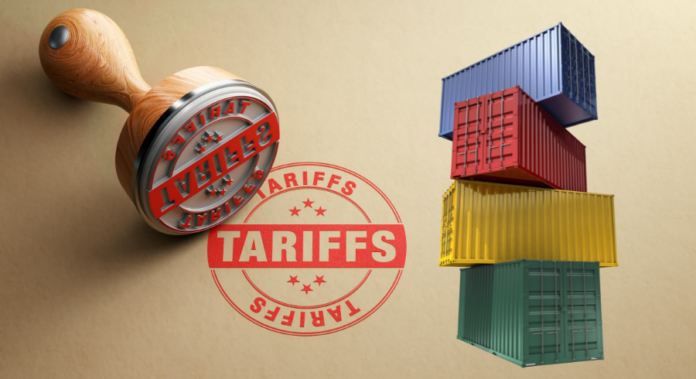The government has reversed its decision to eliminate regulatory duties (RDs) on over 300 tariff lines, including seafood, fruits, and vegetables, under the five-year Tariff Policy Reform (TPR) plan, Dawn reported.
Despite earlier commitments to reduce these duties to zero by July 1, the Federal Board of Revenue (FBR) notified the revised duties following approval from the federal cabinet. This move has raised concerns about the effectiveness and credibility of the TPR.
As per the news report, the reversal follows pressure from domestic agricultural lobbies and certain industries. Although the affected tariff lines make up less than 0.02% of Pakistan’s overall imports, these products still face significant customs duties (CDs) of 15-20% and additional customs duties (ACD) of 2.4%. The current RDs for these items range from 10% to 35%.
Despite the low import volume, a steering committee had recommended removing the RDs to simplify the tariff system and lower consumer costs, a recommendation that was initially supported by the government. However, the government has now opted to maintain the duties, citing the need for revenue and protection of local industries.
Sectors such as polyester filament yarn, soda ash, hydrogen peroxide, ceramics, and iron & steel have seen the restoration of protection through increased duties. For example, polyester filament yarn now carries a 10% CD, a 2.5% RD, and an anti-dumping duty of 5-20%. While the original plan was to reduce the RD to zero, industry pressure led to its reinstatement.
Additionally, RDs on intermediate goods like chemicals, hot-rolled coils, and IT and telecom hardware, which were initially set to be reduced, have now been raised. This is expected to generate approximately Rs20 billion in additional revenue. However, analysts caution that higher duties on critical inputs could harm the export competitiveness of textiles, light engineering, and IT services, which are key sectors under the reform agenda.
Due to these changes, the average RD has increased to 3.72% from 2.96% in the original proposal, while the overall simple average tariff (SAT) now stands at 16.58%, compared to the previous 15.83%.
While the TPR was initially designed to halve the SAT over five years with aggressive annual reductions, these recent changes have raised doubts about the government’s commitment to its long-term objectives.
With further tariff reductions scheduled for the next year, concerns persist about whether the government will continue to yield to industry pressures, potentially undermining the goal of creating a simplified, competitive tariff structure to boost exports.




